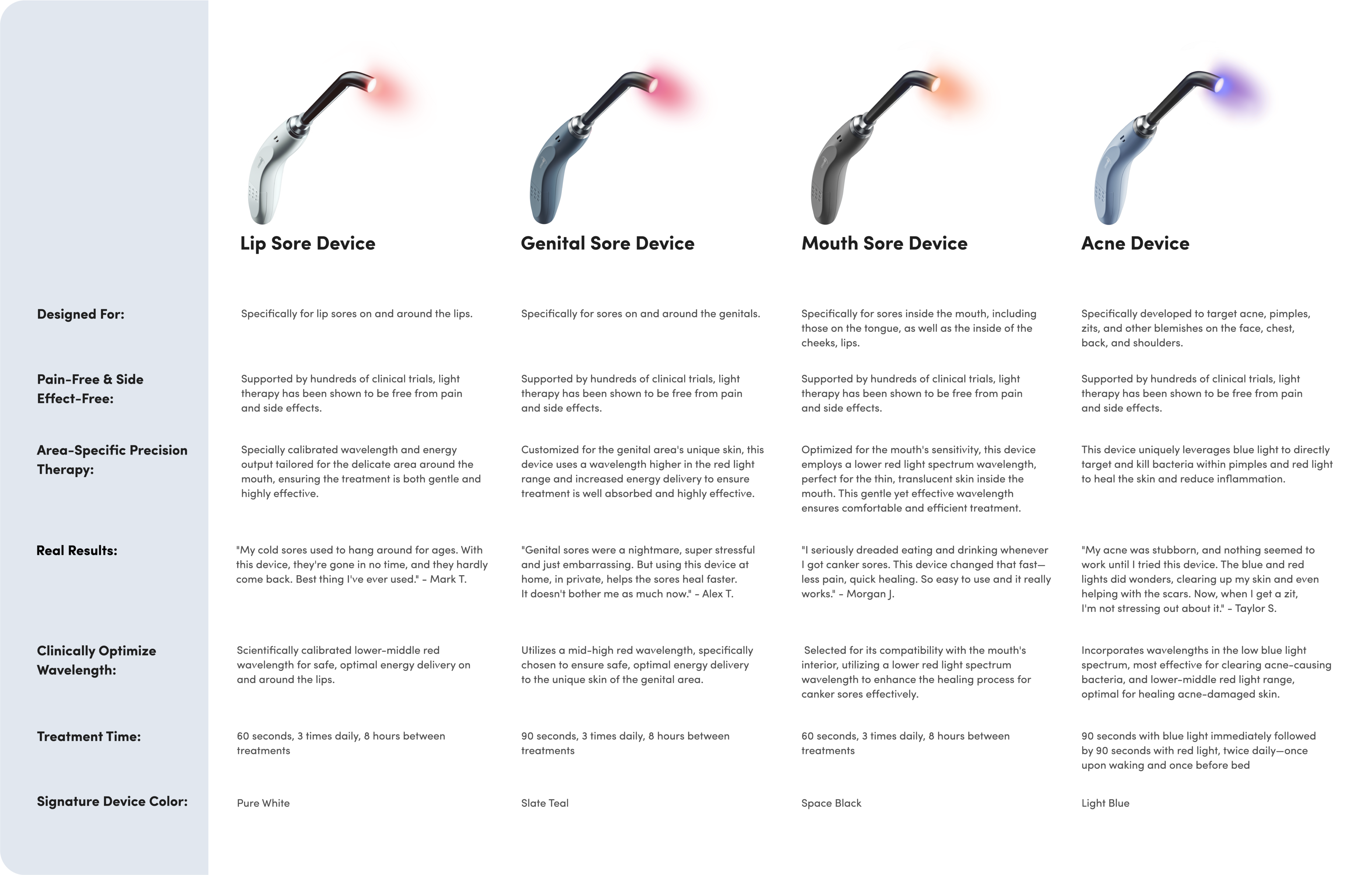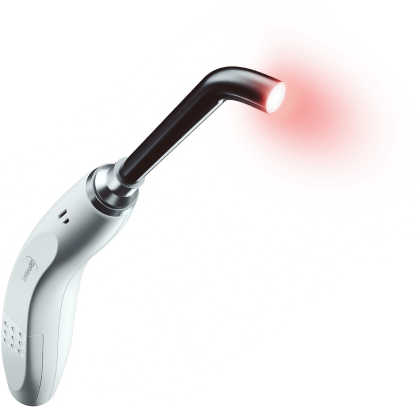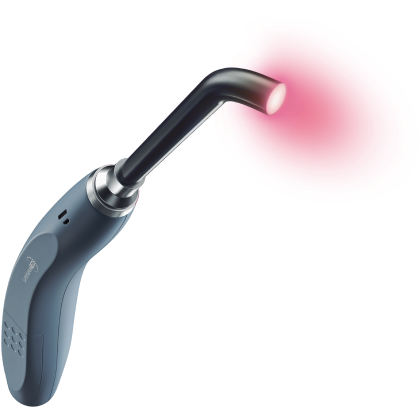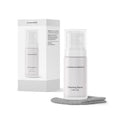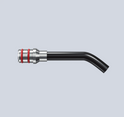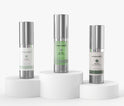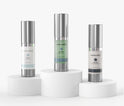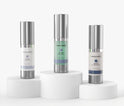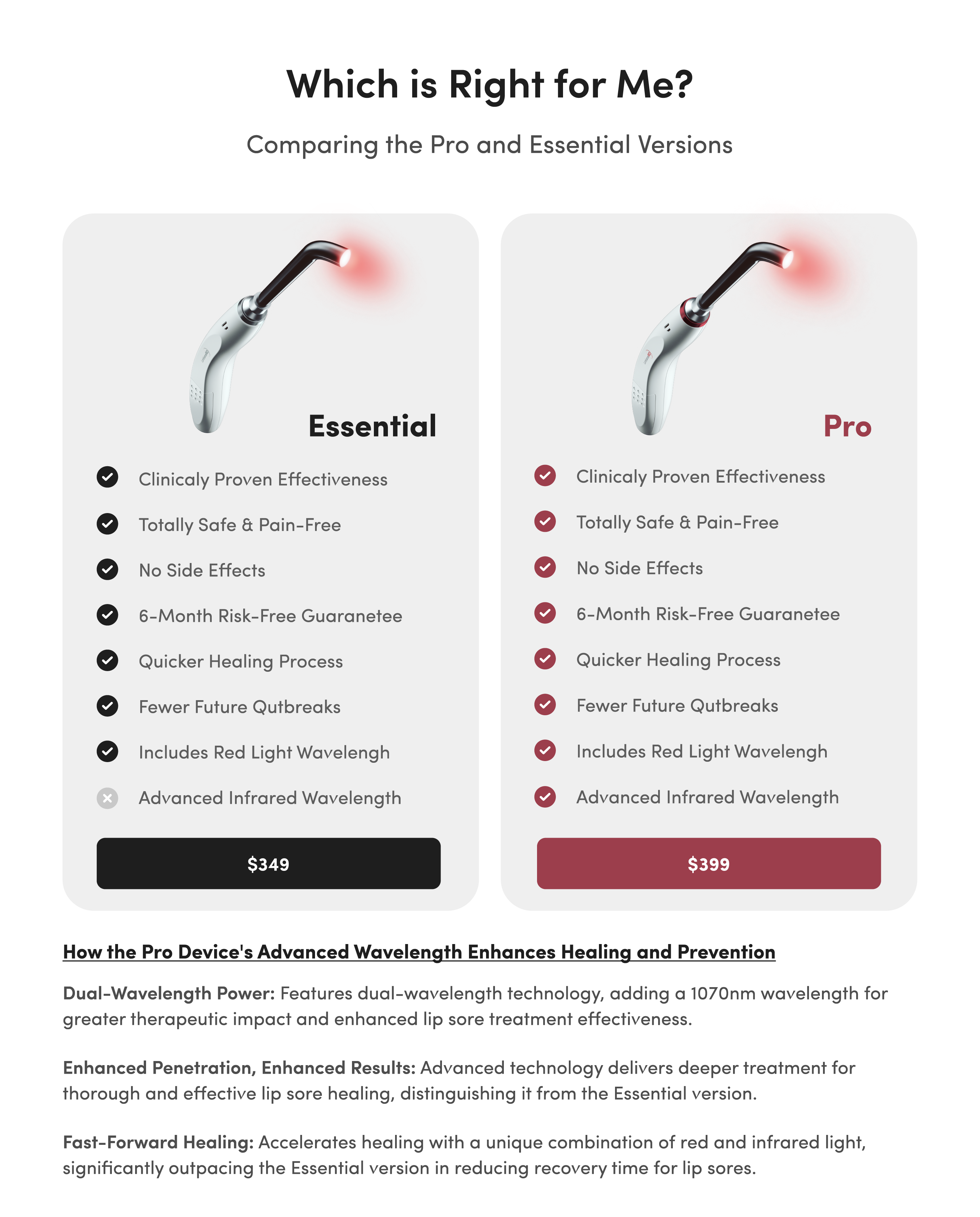Herpes on Your Testicles? Here’s What To Do

You don’t want to find signs of herpes (or any other unusual bumps, rashes or ulcers) anywhere on your body, but especially not on your testicles.
If a glance down in the shower reveals concerning new symptoms, make sure you’re fully informed about the specific signs of herpes. It’s also helpful to educate yourself on common herpes misdiagnoses to make sure you don’t simply have a harmless skin irritation.
Is It Definitely Herpes? Consider These Possible Misdiagnoses
Certain herpes symptoms are distinct, but it’s surprisingly easy to confuse herpes with other dermatological issues such as ingrown hairs and jock itch. Learn more about each of these possible misdiagnoses below to get a better idea of what you’re dealing with.
Ingrown Hair
Ingrown hairs aren’t dangerous, but they can cause significant discomfort while they last. Ingrown hairs develop when a strand of hair grows beneath the skin instead of growing up through the skin.
The body treats ingrown hairs like intruders, and your immune system launches an attack on them. This inflammatory response causes a number of unpleasant symptoms:
- A single blister or small cluster of red blisters
- Itchiness and soreness
- Swelling and tenderness
Unlike with genital herpes, ingrown hairs do not cause flu-like symptoms such as headache or fever. Pain, itching, and discomfort occur as the strand of hair attempts to grow where it’s not welcome, but the symptoms remain confined to that area.
Insect Bite
Insect bites develop in all shapes and sizes, so it can be difficult to know exactly what bit you or if it’s an insect bite at all. If the bumps on your testicles resemble any of these, it could be an insect bite causing your discomfort:
- Mosquito bites — small, round, puffy bumps that itch and turn red
- Fire ant bites — swollen red spots with blisters on top; they sting and burn for up to a week
- Bedbug bites — raised, itchy bumps or welts that occur in a line or zigzag pattern
Jock Itch
Jock itch, or tinea cruris, develops from mold-like fungi known as dermatophytes. Though harmless in small quantities, dermatophytes rapidly reproduce in moist, warm environments and trigger a fungal infection on the skin. This is why tinea cruris is most commonly known as jock itch; it’s associated with athletes who are often hot and sweaty.
Most jock itch infections are bothersome but mild and easy to treat. Symptoms develop around the inner thighs, groin, and buttocks, including:
- Red rashes
- Chronic itching and burning
- Flaking or peeling of the skin
Despite its name, jock itch doesn’t only affect athletes. Adults and adolescents who live in moist, humid environments or expose their skin to moisture over prolonged periods of time are more vulnerable to jock itch infections.
Pimple
Pimples are caused by bacteria called cutibacterium acnes. Most people have this bacteria on their skin without experiencing any problems. When excess sebum and dead cells clog up pores, however, it can cause pimples to form.
These small, red bumps can be painful and may come in red clusters. The pus inside pimples may appear whitish or milky in color either under the surface or when the pimple bursts.
And yes, you can develop pimples on your scrotum. The sweat and moisture that builds up in the genital area can lead to these unwanted pimples, but they’re not a sign of herpes.

How To Identify Herpes on Testicles
Your first herpes outbreak, known as the initial or primary infection, is usually the most severe. You may recognize a genital herpes outbreak by the appearance of blisters and lesions. These small red bumps and white blisters tend to be grouped closely together on, around, or inside the genital region. For men, this may include the penis, scrotum and anus.
Along with the visible symptoms, it’s common to experience intense flu-like symptoms within seven to 14 days of becoming infected with the herpes virus.
Symptoms of an initial outbreak often include:
- Fever and chills
- Body aches and pains
- Headache
- Fatigue
- Swollen glands
- Difficult or painful urination
- A tingling sensation in the affected areas
You can expect an initial herpes outbreak to last two to four weeks before clearing up. The good news, at least, is that future outbreaks are usually shorter and less painful than the first.
The Best Treatment Options for Herpes on Testicles
You can’t cure herpes, but you can find the best treatment options possible for herpes on the testicles. From natural remedies and over-the-counter medications to breakthrough technologies such as phototherapy, you have many tried-and-true options available to combat genital herpes.
Natural Treatments
Aloe vera isn’t just for sunburns. Pure aloe vera offers antimicrobial, antifungal, and wound healing properties that soothe genital herpes symptoms and encourage rapid healing.
Essential oils may also help. These oils are derived from the “essence” of plants, flowers, roots and trees. They’ve been used since ancient times to naturally treat a wide variety of conditions, from indigestion to burns to anxiety to respiratory problems.
Warm and cold compresses such as cornstarch paste may be the simplest natural treatments for genital herpes. Research shows that topical therapy can effectively alleviate symptoms of herpes outbreaks and even contribute to the prevention of outbreaks when used promptly.
Over-the-Counter Medication
If you’re interested in medications approved to treat genital herpes outbreaks, prescription drugs are also available through your doctor.
The Luminance RED
Traditional genital herpes treatment options don’t always offer the lasting relief you need, especially during a painful outbreak. That’s where the Luminance RED stands out from other genital herpes treatments.
The Luminance RED is a device designed to manage genital herpes using high-powered light to shorten healing time and reduce the frequency of future outbreaks. With just a few 90-second treatments per day, you can discreetly take control of genital herpes.
Clinical data conclusively shows that high-powered light treatment can reduce healing time from 8.2 days to 1.8 days and extend the time before the next recurrence from 124 days to 455 days! If what you’re experiencing turns out to be genital herpes, treatment with light can help you manage your condition in the future.






